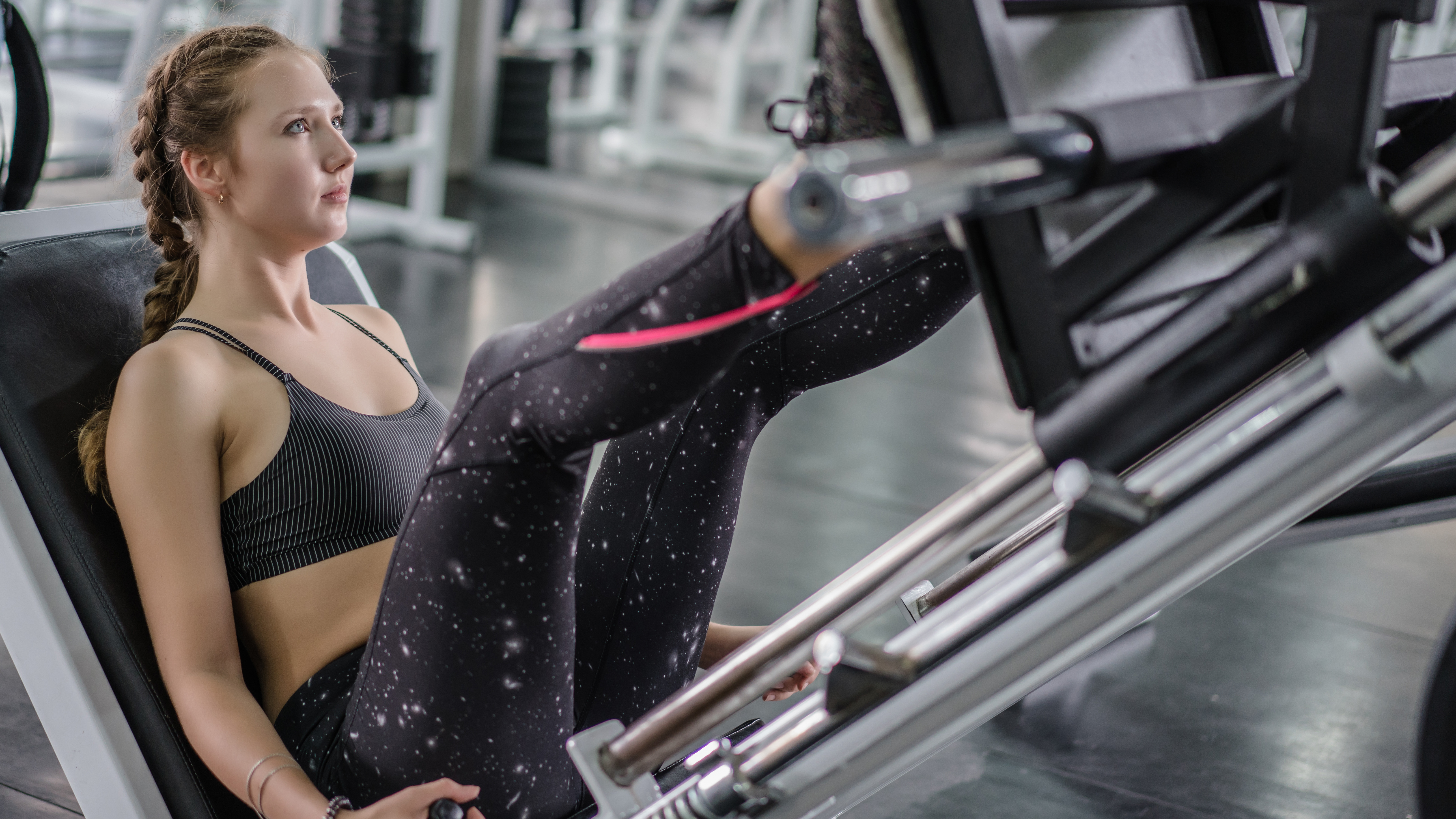
Whether you’re clocking up kilometers on the pavement, trails or treadmill, your calf muscles will be taking a pounding.
These hard-working muscles absorb force and propel you forward, but they don’t often get the attention they deserve.
No matter your distance, strength training can make a big difference. It supports injury prevention, helps you run faster (hello new PBs) and improves your endurance.
“If you only have time to train one muscle group, we would pick the calves,” say physical therapists Cate and Davis from That DPT Couple. “Your calf muscles are the most active muscle group when you’re running and therefore need special attention.”
To help, they’ve created a four-move strength training routine that targets all three major calf muscles: the gastrocnemius, soleus and plantaris.
How to do the four-move calf strengthening workout
Complete three sets of the following moves:
- Standing heel raise x 8 reps
- Heel raise on a leg press x 8 reps
- Single-leg heel raise x 8 reps
- Seated heel raise x 8 reps
You will need access to a gym for this routine as it uses a Smith machine, bench and seated calf raise machine.
To accompany the video, scroll on for a step-by-step guide on how to do each move created by physiotherapist and ultra-runner Danny Brunton, ambassador for shock-absorbing running insoles Enertor.
Standing heel raise
Sets: 3 Reps: 8
- Stand with feet hip-width apart, positioned half on and half off a weight plate or small step.
- Hold onto a stable surface if needed.
- Raise your heels off the floor by pushing through your toes.
- Aim for a one-second lift and one-second lower and keep your weight equally distributed through both legs.
Heel raise on a leg press
Sets: 3 Reps: 8
- Sit in the leg press machine with your knees straight and your legs hip-width apart.
- Place the balls of your feet on the edge of the footplate.
- Press through your toes to lift your heels, then lower them below the level of the footplate.
- Aim for a one-second lift and one-second lower and maintain even pressure through both legs.
Single-leg heel raise
Sets: 3 Reps: 8
- Stand with one foot on a gym bench in front of you, with your front knee bent to roughly 90° angle.
- Keep your back leg aligned with your upper body.
- Push through your toes to raise your back heel.
- Aim for a one-second lift and one-second lower.
- Avoid leaning too far forward, the effort should come from your back leg.
- Complete the repetitions on one side then repeat on the other.
- Make it more challenging by holding dumbbells in each hand.
Seated heel raise
Sets: 3 Reps: 8
- Sit on a bench or chair with knees at roughly 90° angles.
- Raise your heels by pushing through your toes.
- Aim for a one-second lift and one-second lower.
- Use dumbbells or a seated calf raise machine for resistance.
What are the benefits of strengthening your calves?
“The calves play a major role in absorbing and generating force,” says Brunton.
“The gastroc and soleus are responsible for absorbing 75% of the ground reaction force and are almost solely responsible for propelling us forward when we run.”
The soleus alone can absorb up to six to eight times your bodyweight during running, he says. While the gastrocnemius and soleus together generate forces up to twice your bodyweight in force.
“That’s why it’s important for runners to strengthen their calves. Not only will it aid performance gains like quicker times, it will also play a large role in injury prevention,” Brunton says.
“Alongside strengthening the calves, wearing comfortable, supportive shoes is another good way to help your calves handle the impact of running,” he adds.







